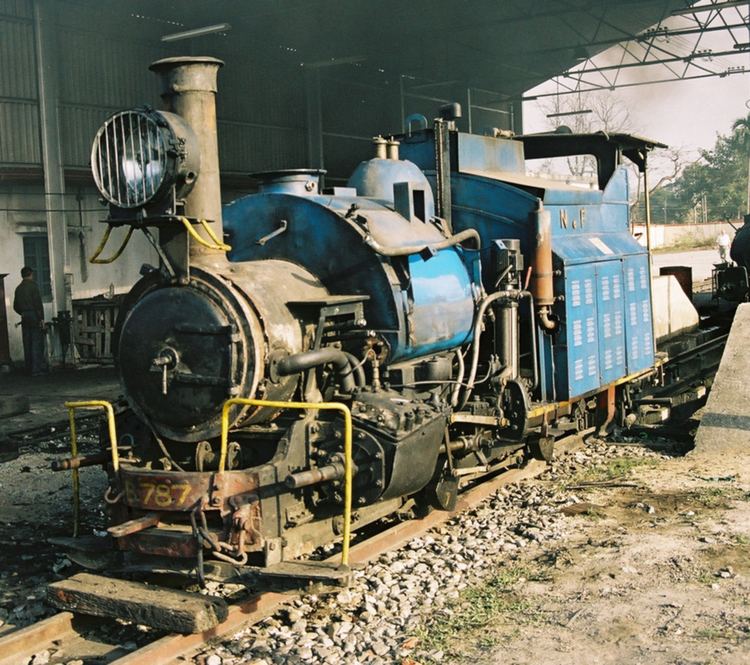 | ||
An oil burner engine is a steam engine that uses oil as its fuel. The term is often used with reference to a locomotive or ship engine that burns oil, to heat water, to produce steam which drives the pistons, or turbines, from which the power is derived. Some engines of this form were originally designed to be coal powered and were converted. An early pioneer of this form of engine was James Holden, of Britain's Great Eastern Railway.
Contents
This is mechanically very different from a diesel engine that is a form of internal combustion engine, which is sometimes colloquially referred to as an oil burner.
Conversion
When a coal-burning steam locomotive is converted to oil-burning, various modifications are usual:
- the grate is covered with broken firebrick to act as a reservoir of heat. If the oil flame is blown out (e.g. by a downdraft when entering a tunnel) the hot firebrick will re-ignite it
- the lower part of the inner firebox is lined with firebrick
- shorter superheater elements are fitted
Changes 2 & 3 are needed because oil firing produces higher temperatures than coal firing and can cause rapid erosion of metal. For a similar reason, the smokebox is sometimes painted with silver-coloured heat-resisting paint.
In James Holden's system, steam was raised by burning coal before the oil fuel was turned on.
Australia
India
Nilgiri Mountain railway
Great Britain
James Holden's use of oil firing on the Great Eastern Railway is mentioned above and it was used sporadically on Britain's railways, usually because of coal shortages. A Parliamentary question was asked about it in 1919.
